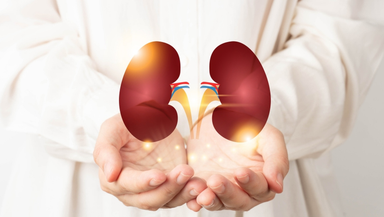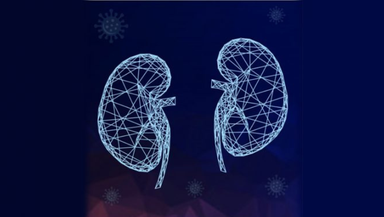Carotid Artery Disease: A Guide to Vascular Health

Introduction:
Carotid artery disease (CAD) is a common condition that occurs when the major arteries in the neck, known as the carotid arteries, become narrowed or blocked by plaque buildup. These arteries supply blood to the brain, and when they are compromised, it can increase the risk of stroke or transient ischemic attack (TIA), also known as a mini-stroke. This guide aims to provide patients with comprehensive information about CAD, including its causes, symptoms, diagnosis, treatment options, and preventive measures, empowering individuals to take control of their vascular health.
Understanding Carotid Artery Disease:
CAD develops over time due to the accumulation of fatty deposits (plaque) along the inner walls of the carotid arteries. This buildup can restrict blood flow to the brain, leading to ischemic events such as strokes or TIAs. Common risk factors for CAD include:
- High blood pressure
- High cholesterol levels
- Smoking
- Diabetes
- Obesity
- Family history of heart disease or stroke
- Advanced age
Recognizing the Symptoms:
CAD may not cause noticeable symptoms until it progresses significantly or results in a stroke or TIA. However, some individuals may experience warning signs such as:
- Sudden weakness or numbness in the face, arm, or leg, typically on one side of the body
- Difficulty speaking or understanding speech
- Vision changes in one or both eyes
- Dizziness or loss of balance
- Severe headache with no known cause
It's important to seek medical attention immediately if you experience any of these symptoms, as they may indicate a medical emergency.
Diagnosis and Evaluation:
Diagnosing CAD typically involves a combination of medical history assessment, physical examination, and diagnostic tests, including:
- Carotid ultrasound to visualize blood flow and detect blockages in the carotid arteries
- Magnetic resonance angiography (MRA) or computed tomography angiography (CTA) to obtain detailed images of the carotid arteries
- Duplex ultrasound to assess blood flow and identify areas of narrowing or blockage
- Angiography, a minimally invasive procedure using contrast dye and X-rays to evaluate the carotid arteries
These tests help healthcare providers determine the extent of blockages and assess the risk of stroke or TIA.
Treatment Options:
Treatment for CAD aims to reduce the risk of stroke or TIA by managing risk factors and improving blood flow to the brain. Treatment options may include:
- Lifestyle modifications, such as adopting a heart-healthy diet, engaging in regular exercise, quitting smoking, and managing stress
- Medications to lower blood pressure, control cholesterol levels, prevent blood clots, and manage diabetes
- Carotid endarterectomy, a surgical procedure to remove plaque buildup from the carotid arteries
- Carotid artery stenting, a minimally invasive procedure to widen narrowed or blocked arteries using a stent
Dr Nagesh Basavaraj, Consultant - Thoracic Surgeon says, "Carotid artery disease is a significant risk factor for stroke and TIA, but with proper management and timely intervention, the risk can be reduced significantly. It's essential for individuals with CAD to work closely with their healthcare team and adhere to treatment recommendations to protect their vascular health and reduce the risk of devastating neurological events."
Conclusion:
Carotid artery disease is a serious condition that requires proactive management and lifestyle modifications to reduce the risk of stroke or TIA. By understanding the causes, recognizing the symptoms, seeking timely medical evaluation, and adhering to treatment recommendations, individuals can effectively manage CAD and protect their vascular health. Empower yourself with knowledge, prioritize your vascular health, and take proactive steps to reduce your risk of stroke or TIA. Remember, early intervention can make a significant difference in preventing devastating neurological events and improving long-term outcomes.
Specialities
Clear allMeet the doctor

Dr Nagesh Basavaraj
Cardiothoracic and Vascular Surgery
MBBS, DNB (Gen Surgery), MCh (Cardiothoracic Surgery)











